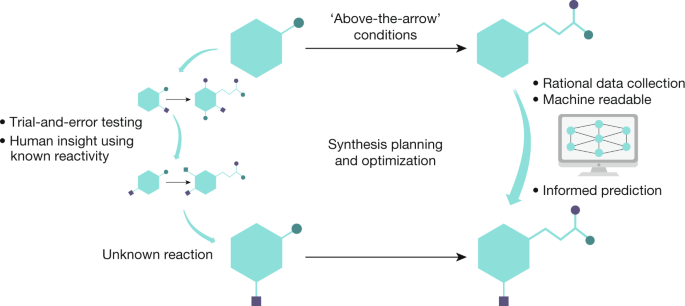

Some of the solutions also provide explanatory notes. The solution chapters mirror the format of the problem chapters and provide straightforward and detailed solutions for each problem in the problem chapters. The preface also includes TIPS (To Improve Problem Solving) on mechanism arrows, equilibrium versus resonance arrows, hydrogen nomenclature, state of association and dissociation, and a listing of common abbreviations introductory students are likely to encounter. In addition to the functional group chapters, there are chapters on basics (hybridization, formulas, physical properties, acids and bases, resonance), stereochemistry and NMR (proton only). The mechanism sections present reactant(s), reagent(s), and product(s) and direct students to outline a detailed step-by-step mechanism using electron-pushing arrow formalism. The syntheses sections present starting and product molecules and students then provide a sequence of reagent(s) and intermediate product(s) to afford the transformation.

The reaction sections present problems in the form of reactant(s), reagent(s), and students then draw the product(s). Each functional group chapter is presented in a standard format of general information followed by reactions, syntheses, and mechanisms. The problem chapters are arranged by functional group, following the sequence of most organic texts by beginning with alkanes and ending with amines. The workbook is organized in two parts: problems and solutions to problems. It is the purpose of this manual, then, to provide Supplemental Problems and Solutions that reinforce and extend those textbook exercises.” Jenkins has succeeded in this task of providing additional problems most are suited for better performing students. As Jenkins writes in his preface, “etter performing students, however, consistently ask for additional exercises. So one might then question the need for additional problems as presented in Jenkins’s workbook.
#Student solutions manual for modern physical organic chemistry manuals#
In addition, many texts supplement the traditional paper problems and solutions manuals with online problems, often with learning “hints” and guided solutions. Virtually all of these texts provide a supplemental “solutions manual” of worked solutions to the text problems. Nearly all current organic texts contain an assortment of problems for students to solve. Freeman has also placed these problems in WebAssign. For instructors interested in online homework, W. The paper format provides students plenty of opportunity to draw molecules while solving problems. Quite simply, for students (and instructors) seeking additional problems to supplement a traditional undergraduate organic course, Jenkins’s workbook is superb.


 0 kommentar(er)
0 kommentar(er)
